For the first several years of running my firm, I didn’t put much effort into the client journey. I was busy doing the work, delivering results, and growing my business. What I didn’t realize was how much time, revenue, and sanity I was losing by not building a better experience for my clients.
It took me almost seven years to fully understand that being a great accountant isn’t enough. The way clients experience your firm—from the moment they first hear your name to how they feel twelve months in—has the power to make or break your business. So, let’s talk about what the client journey really is, why it matters, and how you can build one that creates happier clients, better referrals, and more profitable relationships.
The real reason client experience matters
Most accounting professionals think that if they just do good work, the rest will fall into place. But the reality is, healthy client relationships are about much more than deliverables.
In a recent survey of 70,000 accounting clients across the U.S., only 17% said they would refer their current accountant. The biggest complaints? Lack of communication. Vague value. Feeling like just a number.
Clients want to feel supported, heard, and understood. Many leave not because of a mistake or a price increase, but because they felt ignored or disconnected. It's one thing to produce a perfect P&L—it’s another to return a call within a reasonable time frame, explain financials clearly and practically so they can actually use their numbers to make better business decisions, and set proper expectations. The firms that thrive are the ones who treat communication and relationship-building as seriously as compliance and accuracy.
Your journey starts before you know they exist
One of the biggest mindset shifts I made was realizing that the client journey doesn’t begin when someone signs a proposal. It starts much earlier.
A potential client could be silently watching your firm for months—even years. Maybe they saw you speak at an event. Maybe they follow you on some social media platform. Maybe a friend mentioned your name over coffee. Or maybe they stumbled across your outdated website while Googling "bookkeepers for contractors."
Every touchpoint they have with your brand shapes their perception of your firm. What they find online might determine whether they ever contact you. I've heard of potential clients finding me through a referral, then binge-watching my videos and reading my posts for weeks before reaching out. That’s why consistency and professionalism matter across your digital presence.
They might not reach out today. But if you're consistently visible, helpful, and clear about who you are and how you help, they’ll remember you when the time is right.
Consideration isn’t always quick
I’ve had prospective clients reach out and tell me they saw me speak or watched a presentation I gave 5 years ago and/or have been watching and subscribing to our content for over two years before deciding to work with us. That’s why the client journey can’t be a one-and-done marketing push. It has to be ongoing.
That time between first contact and decision to engage your firm is your opportunity to build trust. We use lead magnets, client questionnaires and helpful value-add content like our Mini Masterclass series on YouTube to ensure our audience (whoever they may be and from wherever they find us) understand that we CARE about their success as business owners, even if we aren’t making a single dime from them (yet). We send welcome emails, share behind-the-scenes posts, and offer value without obligation. When someone’s ready, they don’t hesitate—because we’ve already proven ourselves.
When you stay consistent in your messaging and presence, you build trust before money ever changes hands. You become the go-to person in their mind, not because you followed up aggressively, but because you showed up with value again and again.
Onboarding is your foundation
Once someone does say yes, the real work begins.
Onboarding isn’t just about getting login credentials and documents. It’s where expectations get set, boundaries are drawn, and the working relationship is shaped.
We run a 100-day onboarding journey that includes three scheduled meetings in the 1st 30 days, proactive follow-ups, and automated check-ins. We review their goals. We clarify what’s in scope. We introduce our team. We help them log into their client portal. We show them how we work—and how we don’t.
During this time, we identify red flags, adjust scope if needed, and reinforce communication channels. We even assess whether the client is a good fit before committing long-term. Onboarding isn’t just for them—it’s for you, too.
This process saves us time, reduces misunderstandings, and most importantly, creates clarity and confidence for the client.
Automation with heart
Yes, you can automate your client journey. And yes, it can still feel human.
We use tools like MailChimp, Keeper, Anchor, Calendly, and Zapier to automate things like proposals, portal invites, onboarding checklists, and follow-up emails. But that doesn’t replace human interaction. It enhances it.
We’ve built zaps that instantly trigger onboarding tasks, track client progress, and schedule key meetings. Our CRM syncs everything from client emails to monthly check-ins. This means nothing falls through the cracks—and our team can focus on building relationships, not chasing paperwork.
With automation in place, our team has more time to have real conversations. We can check in, send gifts, ask how things are going, and actually be present. That’s what clients remember.
After onboarding: keep showing up
Too many firms disappear after onboarding is over. How do we know? Our clients come to us because their former accounting professional “ghosted” them, or has not returned a call or email in weeks or months.
We schedule regular check-in calls that are unrelated to any deliverables. We send value-add resources. We look out for things in their books that may require attention, even if it’s not something we directly offer.
If we notice they might benefit from S Corp election or need to talk to a business attorney, we make that connection. Not because we profit from it, but because it’s the right thing to do.
We also track client milestones, follow up on referrals, and make sure we’re providing a personal experience. Whether it’s sending flowers during a tough season or to celebrate a big event in their life, or a thank-you gift card for a referral, we take time to show we appreciate and care for them.
When you show clients you genuinely care about their business success, not just your billable hours, they stay with you longer. They refer more people. They become your biggest advocates. That then becomes free marketing for your business. 9 out of 10 referrals we get have little to no time in the sales funnel because they already have “know, like, trust” vibes from the person referring them.
Let the journey work for you
Mapping out your client journey isn’t just about delivering a great experience. It’s about:
- Preventing scope creep
- Setting better boundaries
- Improving profitability
- Retaining high-value clients
- Building a firm that runs smoothly and sustainably
Start by thinking about your own firm. Where does the journey start? What do new clients see? What happens at day 30, day 60, day 100? Are you delivering the kind of experience (not service) that would make you refer yourself?
Because that’s the goal: loyal, long-term clients who are thrilled to send their friends your way.
Let the journey begin.
.png?width=150&height=63&name=TWRlogo-regmark_blueblack%20(1).png)
.png)


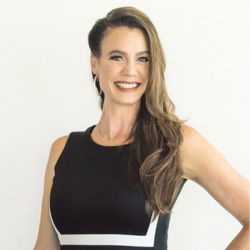
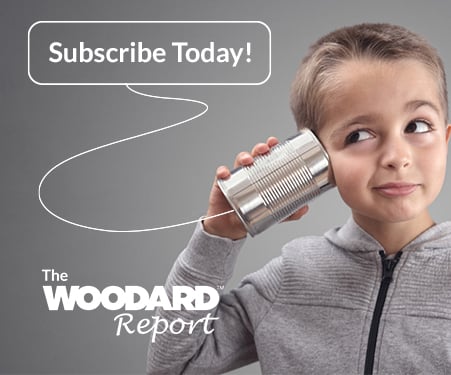

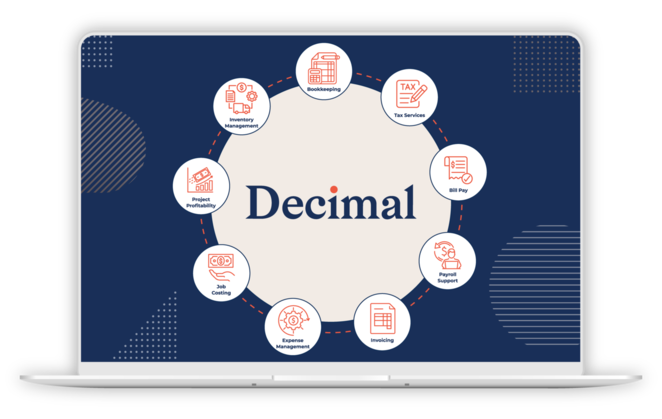
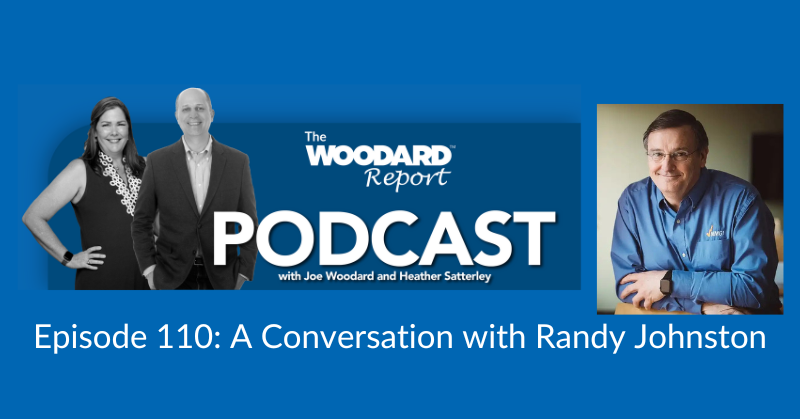


Do you have questions about this article? Email us and let us know > info@woodard.com
Comments: